Bài học cùng chủ đề
Báo cáo học liệu
Mua học liệu
Mua học liệu:
-
Số dư ví của bạn: 0 coin - 0 Xu
-
Nếu mua học liệu này bạn sẽ bị trừ: 2 coin\Xu
Để nhận Coin\Xu, bạn có thể:

Practice SVIP
Look and match.
.jpg)

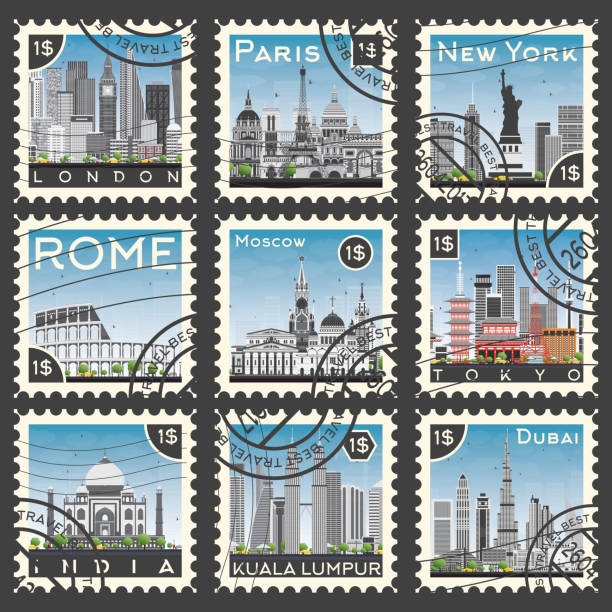
Complete the sentences with the words in the box.
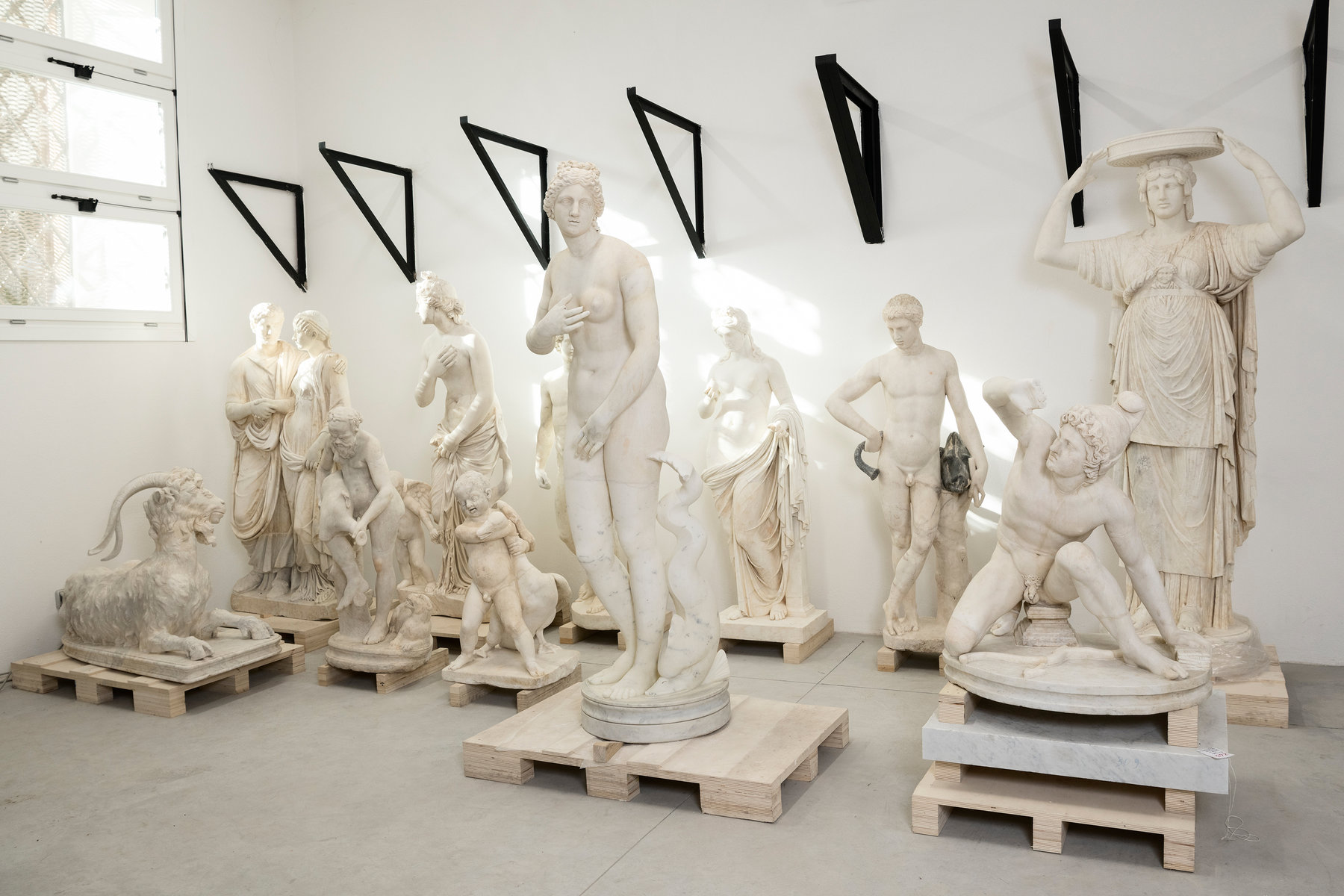
The Art Gallery of Ontario has the world's largest of sculptures by Henry Moore.
(Kéo thả hoặc click vào để điền)
Complete the sentences with the words in the box.

We spoke about the importance of the and how it could influence their lives.
(Kéo thả hoặc click vào để điền)
Complete the sentences with the words in the box.
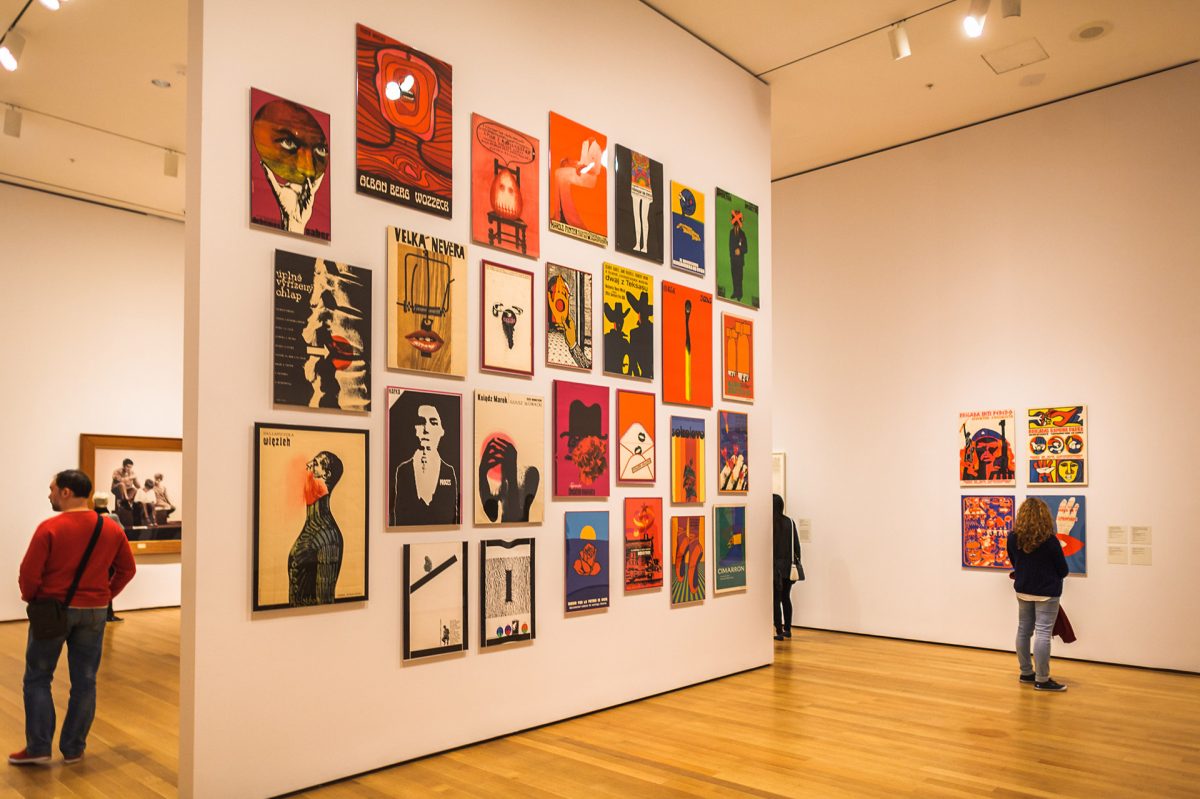
For months Malcolm had wanted to visit the Parisian art .
(Kéo thả hoặc click vào để điền)
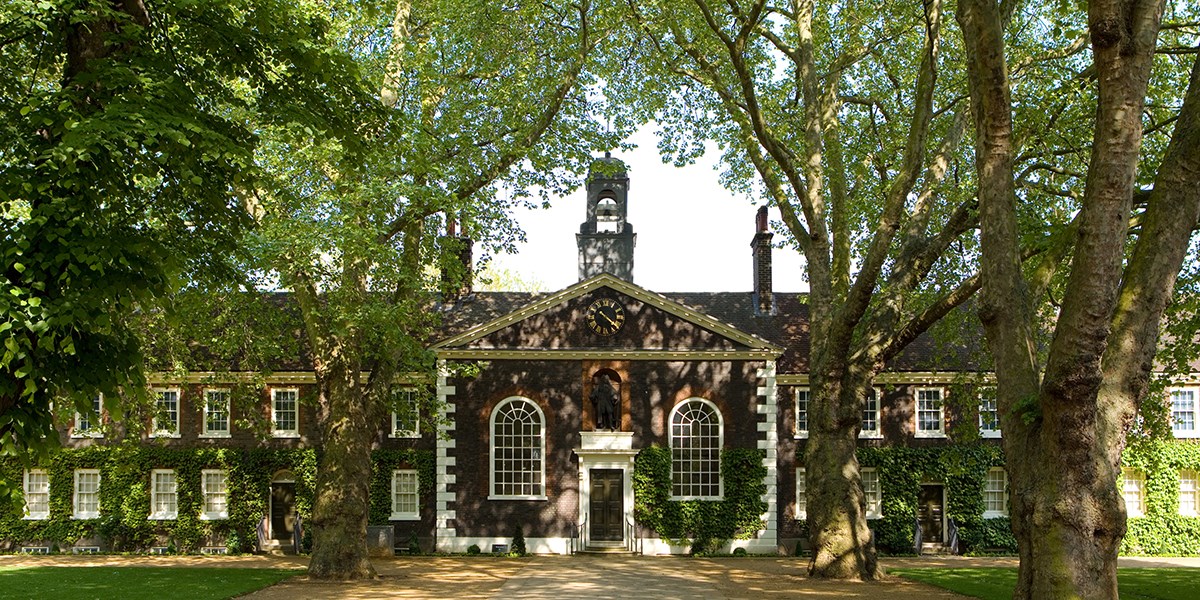
The Geffrye Museum is about homes. There are 11 living rooms. Some are old and some are modern. The first room is 400 years old and the last room is 10 years old. You can see a collection of furniture, wallpaper, carpets and pictures in the rooms. There are also gardens at the museum. They are open from April to October. You can see beautiful plants, herbs and flowers in the gardens.
Read about Geffrye Museum and choose True or False?
(Nhấp vào dòng để chọn đúng / sai)| The museum is about bedrooms. |
|
| The last room is 50 years old. |
|
| There are baths, showers and washing machines in the museum. |
|
| There are gardens at the museum. |
|
| The gardens are open from January to December. |
|
The Metropolitan Museum ('The Met') is a very big and famous museum of art.
This museum is situated in New York's Central Park. In the museum you can find a collection of paintings, sculptures, musical instruments, costumes and weapons that come from every part of the world.
Adults and children have fun while they are learning about art and culture.
Five million people visit The Met every year.
| Ticket prices | |
| Adults | $25 |
| Students | $12 |
| Audio guide | $7 |
Read and match the answers and the questions.
Read the text about London Madame Tussaud's. Choose the best word for each space.
London Madame Tussaud's
One very famous place for tourists in London is Madame Tussaud's museum. Here people can see figures of famous people (1)
- making
- make
- made
- one
- some
- a
In 1789, during the French Revolution, Marie was sent to prison. Here she had to copy (3)
- any
- those
- the
In 1975, Marie married Francois Tussaud (4)
- and
- when
- because
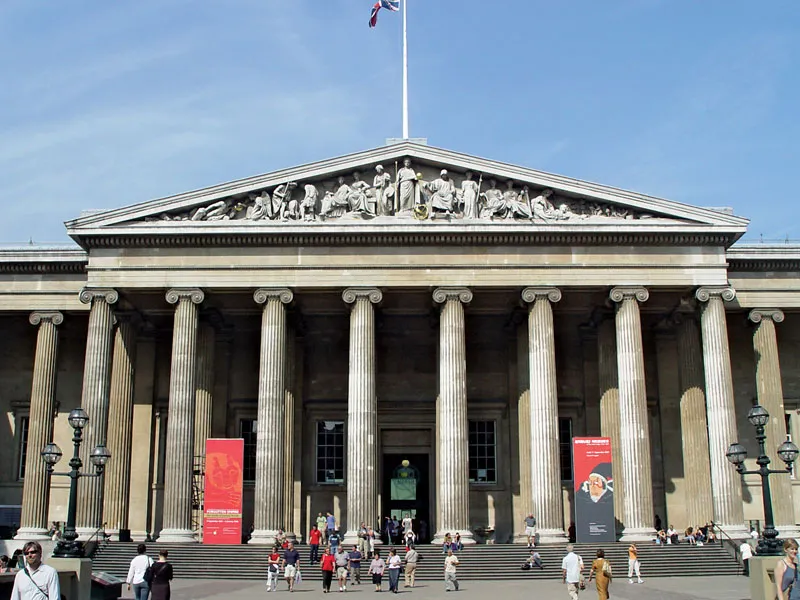
The British museum is one of the biggest museums in the world. It is the oldest museum in Europe. It was opened in 1759. Sir Hans Sloan who lived in London at that time was a great collector. He collected everything: coins, sculptures, pictures, stones, ancient things. But he died in 1753 and the King bought his collection for £20,000. That was the beginning of the British museum. It is situated in London in Great Russell Street. There are more than thirteen million objects at the British Museum nowadays.
You can visit the great Reading Room which is circular in shape. The Reading Room is in the centre of the museum. Many famous scientists and writers worked here. Among them are Oscar Wilde, Bram Stoker, Rudyard Kipling, Bernard Shaw, Mark Twain, Charles Darwin and many others.
Nowadays, there are many wonderful collections in the British museum, from ancient Egyptian mummies to masterpieces of Greek and Roman art. Walking through the halls and rooms of the museum you can study two million years of world history and culture.
If you are lucky to be the visitor, you should see The Lewis Chessmen. It is a large group of chess pieces carved from whale bone in the 12th century. See the chess set in Room 40, on the Upper Floor. I advise you to visit Room 4 on the Ground Floor. Here you can see the huge head of the Egyptian pharaoh. In Room 24 on the Ground Floor you can see The Easter Island Statue, which was probably made in 1200.
The British Museum has a very fine collection of cat mummies, many of which are displayed so that visitors can see the clothes and shoes they were buried in. Every year more than 6 million visitors come to the museum. The entrance is free, but you'll need tickets to visit some rooms.
mummies (n): xác ướp; masterpiece (n): kiệt tác
Read about The British Museum and do the following tasks.
Task 1. Mark only the correct statements

The British museum is one of the biggest museums in the world. It is the oldest museum in Europe. It was opened in 1759. Sir Hans Sloan who lived in London at that time was a great collector. He collected everything: coins, sculptures, pictures, stones, ancient things. But he died in 1753 and the King bought his collection for £20,000. That was the beginning of the British museum. It is situated in London in Great Russell Street. There are more than thirteen million objects at the British Museum nowadays.
You can visit the great Reading Room which is circular in shape. The Reading Room is in the centre of the museum. Many famous scientists and writers worked here. Among them are Oscar Wilde, Bram Stoker, Rudyard Kipling, Bernard Shaw, Mark Twain, Charles Darwin and many others.
Nowadays, there are many wonderful collections in the British museum, from ancient Egyptian mummies to masterpieces of Greek and Roman art. Walking through the halls and rooms of the museum you can study two million years of world history and culture.
If you are lucky to be the visitor, you should see The Lewis Chessmen. It is a large group of chess pieces carved from whale bone in the 12th century. See the chess set in Room 40, on the Upper Floor. I advise you to visit Room 4 on the Ground Floor. Here you can see the huge head of the Egyptian pharaoh. In Room 24 on the Ground Floor you can see The Easter Island Statue, which was probably made in 1200.
The British Museum has a very fine collection of cat mummies, many of which are displayed so that visitors can see the clothes and shoes they were buried in. Every year more than 6 million visitors come to the museum. The entrance is free, but you'll need tickets to visit some rooms.
mummies (n): xác ướp; masterpiece (n): kiệt tác
Read about The British Museum and do the following tasks.
Task 2: Answer the questions in NO MORE THAN ONE WORD AND/OR A NUMBER.
1. Who was Sir Hans Sloan?
2. Who founded the British Museum?

The British museum is one of the biggest museums in the world. It is the oldest museum in Europe. It was opened in 1759. Sir Hans Sloan who lived in London at that time was a great collector. He collected everything: coins, sculptures, pictures, stones, ancient things. But he died in 1753 and the King bought his collection for £20,000. That was the beginning of the British museum. It is situated in London in Great Russell Street. There are more than thirteen million objects at the British Museum nowadays.
You can visit the great Reading Room which is circular in shape. The Reading Room is in the centre of the museum. Many famous scientists and writers worked here. Among them are Oscar Wilde, Bram Stoker, Rudyard Kipling, Bernard Shaw, Mark Twain, Charles Darwin and many others.
Nowadays, there are many wonderful collections in the British museum, from ancient Egyptian mummies to masterpieces of Greek and Roman art. Walking through the halls and rooms of the museum you can study two million years of world history and culture.
If you are lucky to be the visitor, you should see The Lewis Chessmen. It is a large group of chess pieces carved from whale bone in the 12th century. See the chess set in Room 40, on the Upper Floor. I advise you to visit Room 4 on the Ground Floor. Here you can see the huge head of the Egyptian pharaoh. In Room 24 on the Ground Floor you can see The Easter Island Statue, which was probably made in 1200.
The British Museum has a very fine collection of cat mummies, many of which are displayed so that visitors can see the clothes and shoes they were buried in. Every year more than 6 million visitors come to the museum. The entrance is free, but you'll need tickets to visit some rooms.
mummies (n): xác ướp; masterpiece (n): kiệt tác
Read about The British Museum and do the following tasks.
Task 2: Answer the questions in NO MORE THAN ONE WORD AND/OR A NUMBER.
3. What is the shape of the Reading Room?
4. How many people come to the museum every year?
5. What do people buy to enter some rooms?
THE LONDON POLICE
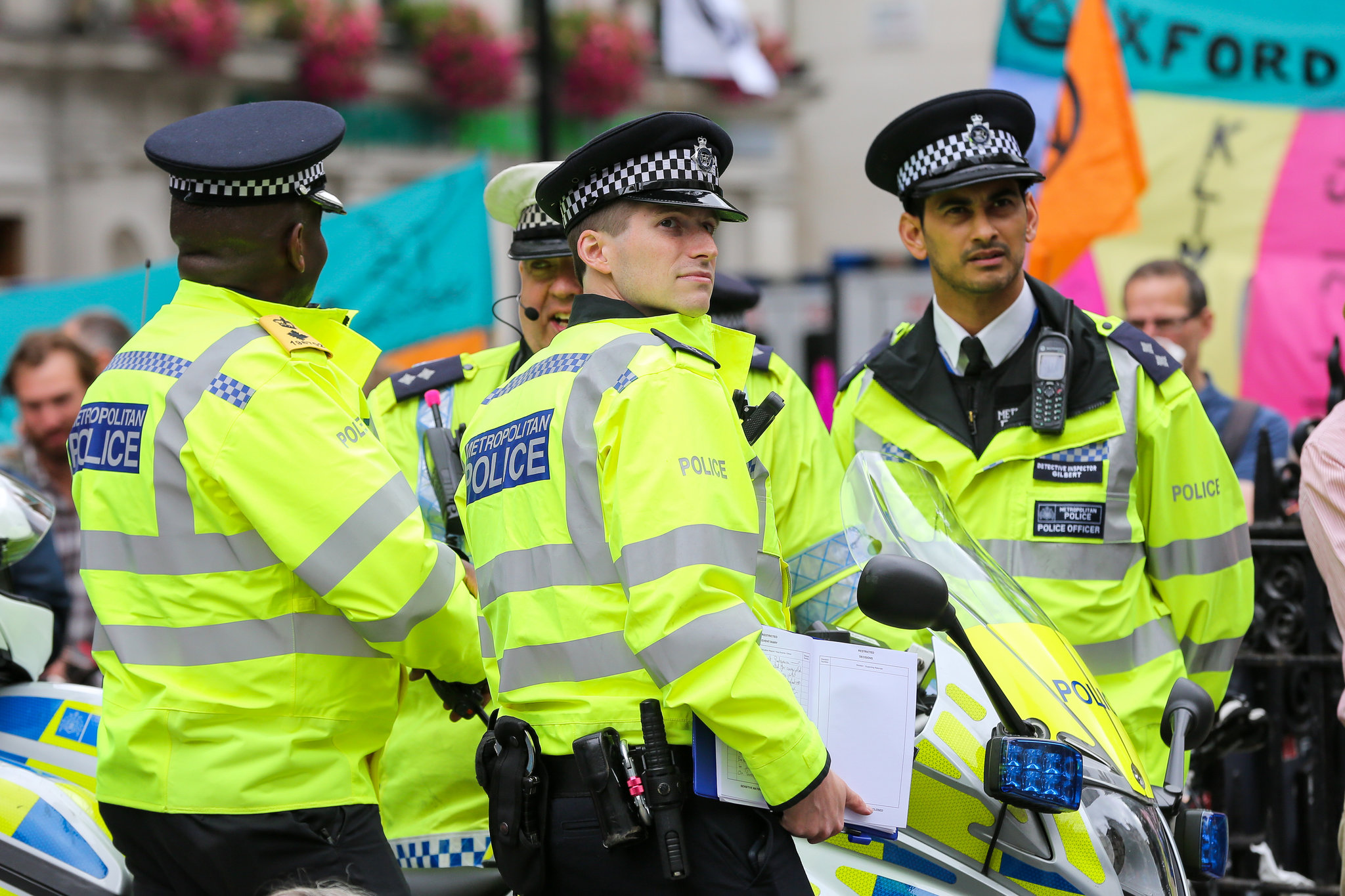
Today there are policemen everywhere, but in 1700 London had no policemen at all. A few old men used to protect the city streets at night and they were not paid very much.
About 300 years ago, London was starting to get bigger. The city was very dirty and many people were poor. There were so many thieves who stole money in the streets that people stayed in their homes as much as possible.
In 1750, Henry Field started to pay a group of people to stop thieves. They were like policemen and were 'Bow Street Runners' because they worked near Bow Street.
Fifty years later, there were 120 Bow Street Runners, but London had become very big and needed more policemen. So, in 1829, the first Metropolitan (for London) Police Force was started with 3000 officers. Most of the men worked on foot, but a few rode horses. Until 1920 all the police in London were men.
Today, London police are quite well paid and for the few police officers who still ride horses, the pay is even better than for the others.
Read the article and do the multiple choice.
1. In 1700, there were ____________.
THE LONDON POLICE

Today there are policemen everywhere, but in 1700 London had no policemen at all. A few old men used to protect the city streets at night and they were not paid very much.
About 300 years ago, London was starting to get bigger. The city was very dirty and many people were poor. There were so many thieves who stole money in the streets that people stayed in their homes as much as possible.
In 1750, Henry Field started to pay a group of people to stop thieves. They were like policemen and were 'Bow Street Runners' because they worked near Bow Street.
Fifty years later, there were 120 Bow Street Runners, but London had become very big and needed more policemen. So, in 1829, the first Metropolitan (for London) Police Force was started with 3000 officers. Most of the men worked on foot, but a few rode horses. Until 1920 all the police in London were men.
Today, London police are quite well paid and for the few police officers who still ride horses, the pay is even better than for the others.
Read the article and do the multiple choice.
2. In 1700, the men who protected the streets were paid _________.
THE LONDON POLICE

Today there are policemen everywhere, but in 1700 London had no policemen at all. A few old men used to protect the city streets at night and they were not paid very much.
About 300 years ago, London was starting to get bigger. The city was very dirty and many people were poor. There were so many thieves who stole money in the streets that people stayed in their homes as much as possible.
In 1750, Henry Field started to pay a group of people to stop thieves. They were like policemen and were 'Bow Street Runners' because they worked near Bow Street.
Fifty years later, there were 120 Bow Street Runners, but London had become very big and needed more policemen. So, in 1829, the first Metropolitan (for London) Police Force was started with 3000 officers. Most of the men worked on foot, but a few rode horses. Until 1920 all the police in London were men.
Today, London police are quite well paid and for the few police officers who still ride horses, the pay is even better than for the others.
Read the article and do the multiple choice.
3. 300 years ago, many people ___________.
THE LONDON POLICE

Today there are policemen everywhere, but in 1700 London had no policemen at all. A few old men used to protect the city streets at night and they were not paid very much.
About 300 years ago, London was starting to get bigger. The city was very dirty and many people were poor. There were so many thieves who stole money in the streets that people stayed in their homes as much as possible.
In 1750, Henry Field started to pay a group of people to stop thieves. They were like policemen and were 'Bow Street Runners' because they worked near Bow Street.
Fifty years later, there were 120 Bow Street Runners, but London had become very big and needed more policemen. So, in 1829, the first Metropolitan (for London) Police Force was started with 3000 officers. Most of the men worked on foot, but a few rode horses. Until 1920 all the police in London were men.
Today, London police are quite well paid and for the few police officers who still ride horses, the pay is even better than for the others.
Read the article and do the multiple choice.
4. People did not leave their houses because _____________.
THE LONDON POLICE

Today there are policemen everywhere, but in 1700 London had no policemen at all. A few old men used to protect the city streets at night and they were not paid very much.
About 300 years ago, London was starting to get bigger. The city was very dirty and many people were poor. There were so many thieves who stole money in the streets that people stayed in their homes as much as possible.
In 1750, Henry Field started to pay a group of people to stop thieves. They were like policemen and were 'Bow Street Runners' because they worked near Bow Street.
Fifty years later, there were 120 Bow Street Runners, but London had become very big and needed more policemen. So, in 1829, the first Metropolitan (for London) Police Force was started with 3000 officers. Most of the men worked on foot, but a few rode horses. Until 1920 all the police in London were men.
Today, London police are quite well paid and for the few police officers who still ride horses, the pay is even better than for the others.
Read the article and do the multiple choice.
5. The Bow Street Runners ____________.
THE LONDON POLICE

Today there are policemen everywhere, but in 1700 London had no policemen at all. A few old men used to protect the city streets at night and they were not paid very much.
About 300 years ago, London was starting to get bigger. The city was very dirty and many people were poor. There were so many thieves who stole money in the streets that people stayed in their homes as much as possible.
In 1750, Henry Field started to pay a group of people to stop thieves. They were like policemen and were 'Bow Street Runners' because they worked near Bow Street.
Fifty years later, there were 120 Bow Street Runners, but London had become very big and needed more policemen. So, in 1829, the first Metropolitan (for London) Police Force was started with 3000 officers. Most of the men worked on foot, but a few rode horses. Until 1920 all the police in London were men.
Today, London police are quite well paid and for the few police officers who still ride horses, the pay is even better than for the others.
Read the article and do the multiple choice.
6. In 1800s, there were __________.
THE LONDON POLICE

Today there are policemen everywhere, but in 1700 London had no policemen at all. A few old men used to protect the city streets at night and they were not paid very much.
About 300 years ago, London was starting to get bigger. The city was very dirty and many people were poor. There were so many thieves who stole money in the streets that people stayed in their homes as much as possible.
In 1750, Henry Field started to pay a group of people to stop thieves. They were like policemen and were 'Bow Street Runners' because they worked near Bow Street.
Fifty years later, there were 120 Bow Street Runners, but London had become very big and needed more policemen. So, in 1829, the first Metropolitan (for London) Police Force was started with 3000 officers. Most of the men worked on foot, but a few rode horses. Until 1920 all the police in London were men.
Today, London police are quite well paid and for the few police officers who still ride horses, the pay is even better than for the others.
Read the article and do the multiple choice.
7. Of the first 3,000 Metropolitan policemen ____________.
THE LONDON POLICE

Today there are policemen everywhere, but in 1700 London had no policemen at all. A few old men used to protect the city streets at night and they were not paid very much.
About 300 years ago, London was starting to get bigger. The city was very dirty and many people were poor. There were so many thieves who stole money in the streets that people stayed in their homes as much as possible.
In 1750, Henry Field started to pay a group of people to stop thieves. They were like policemen and were 'Bow Street Runners' because they worked near Bow Street.
Fifty years later, there were 120 Bow Street Runners, but London had become very big and needed more policemen. So, in 1829, the first Metropolitan (for London) Police Force was started with 3000 officers. Most of the men worked on foot, but a few rode horses. Until 1920 all the police in London were men.
Today, London police are quite well paid and for the few police officers who still ride horses, the pay is even better than for the others.
Read the article and do the multiple choice.
8. Today, police officers who work with horses are paid _____________.


Bạn có thể đánh giá bài học này ở đây